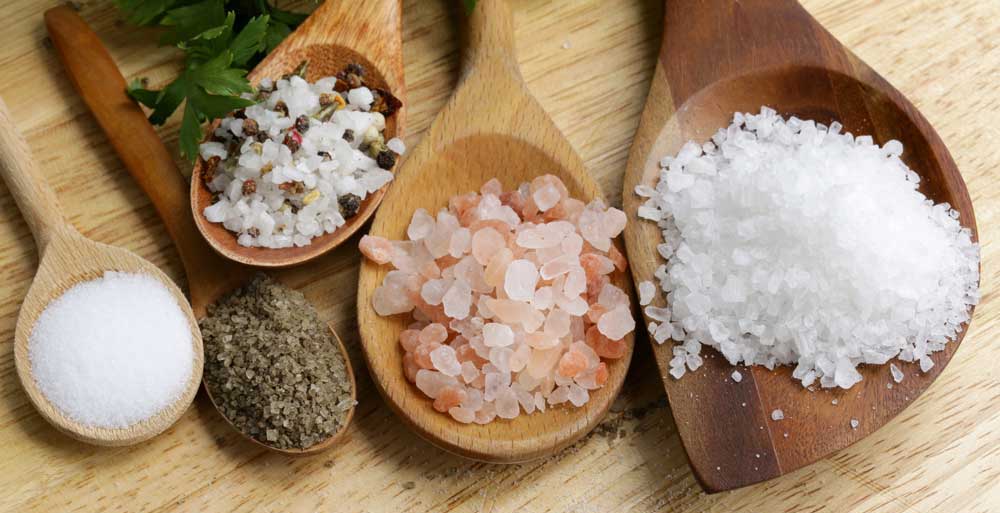Research by Tamara Damberg
SALT
Food
Salt is the most important source of sodium, which is a nutrient the human body needs. Sodium is important for the regulation of our moisture balance, our blood pressure and a proper functioning of our muscle- and nerve cells.
Per day the average human needs no more than 6 grams of salt. It is almost never the case that people take in too little amounts of salt. However, throughout the years people have started to eat too much salt.
When we talk about the salt we take in, we are talking about table salt, or sodium chloride. This substance consists of 40% sodium and 60% chloride.
There aren’t a lot of foods which already obtain salt. Nowadays the biggest source of sodium is table salt. Research estimates that about 20% of our salt intake is self added. The other 80% is already added by manufacturers, these are products like bread, ready to eat meals etc. The salt is added to improve flavour, shelf life and structure.
Chips, pizza’s, soups and ready to eat meals are good examples of foods which have way too much salt. Next to those extremes, there are also other foods like bread, meat, sauces and cheese which also contain salt. However it is not the amount of salt in these products which makes it unhealthy, it is the fact that we eat it in large quantities resulting in a high intake of salt.
About 98% of the sodium we take in is included in our body in the small and large intestine. After that the kidneys regulate the amount of sodium in our body. About 95% of the salt leaves the body by peeing, a small part is leaves the body by sweat and defecation.
There are different types of salt. Table salt is the most common, iodine is added to prevent an iodine
shortage.
There is also baker’s salt, which includes even more iodine than table salt.
Sea salt, Himalayan salt and Celtic salt is salt without any iodine added. It is advised to eat salt with added iodine. These salts do contain more minerals like magnesium and potassium, but this difference is not noticeable in the normal intake of salt.
Lo Salt is a new type of manipulated salt, a part of the sodium is replaced by magnesium and potassium. This type of salt is not suitable for people with bad kidneys and some other conditions.
When talked about the health issues concerning salt, it is most of the time about the effect of sodium. There is almost never an occurance of a salt shortage because the average person already obtains more than necessary. However more than 80% of the dutch population consume more salt than 6 grams, it is getting so bad that half of the adults between 19 and 70 years old consume 8,2 grams per day or even more.
An overconsumption of salt can cause very bad health issues like a high blood pressure, heart diseases, kidney diseases, stomach cancer and bone loss.
For some groups of people it is even more important to control their salt intake. People with a high blood pressure, people who are overweight and the elderly are risk groups.
Children can also be a risk group because their kidneys aren’t that strong. It is recommended to not add salt to their food. This also prevents the children from getting used to very salty flavours.
To eat less salt it is recommended to: cook yourself (avoid ready to eat meals), season your food with herbs and spices, don’t use big chunks of salt or a salt mill, don’t eat a lot of products which are not concluded in the ‘Schijf van Vijf’, check the labels of the products you use and keep an online food diary to check your daily salt intake.
